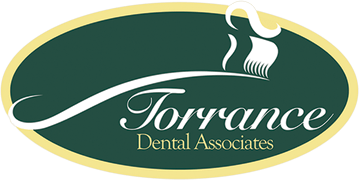Dental and medical care has been following the trend of moving to a digital platform whenever possible. The arrival of the COVID-19 pandemic did a lot to help move this transition forward. Providing telehealth services isn’t a new concept in the healthcare industry. However, the need to slow the spread of the virus helped drive it into a necessary and mainstream practice. Teledentistry is another area of the medical industry that has seen digital options for care become more prevalent. Every year dentists can provide more and more types of care remotely, and orthodontic care is included.
Moving To Teledentistry From In-Office Care
Providing accessible dental care to all patients in need has been a central concern of the dental industry for many years. When our dental health is poor, it can impact many areas of our lives. The connections being discovered with poor oral health are worrying and often surprising. Risks for medical conditions including heart disease, cancer, and even Alzheimer’s are influenced by poor oral health. Our mental health isn’t excluded from this influence either, as feelings of insecurity and low self-esteem can result from visibly poor oral health.
Millions of patients from every walk of life could benefit from receiving orthodontic care. The cosmetic benefits of receiving orthodontic treatment are beyond question, but our oral health can benefit from it in other ways as well. Misaligned teeth can cause us to experience malocclusion or improper bite. When our bite is out of alignment, it can alter the pressures put on our temporomandibular joint, leading to TMD. It can also make the wear-and-tear experienced by our teeth uneven, leading to a higher rate of cavities as the enamel gets worn away. Misaligned teeth tend to be more susceptible to decay due to additional spaces formed where plaque can hide.
Teleorthodontics, a specific area of teledentistry, has been seeing some innovation that makes it possible for more care to be received from home. There have even been special forms of software designed to make receiving remote orthodontics more effective. More mundanely, your dentist can send you at-home molds for making your dental impressions. You simply need to follow the instructions on the kit and send it back to your dentist. They’ll take the resulting mold to make a proper model and use this to design your orthodontic treatment plan.
Teledentistry provides the following benefits:
- Safer and easier access to care
- Remote options for those in remote areas
- Reduced attractiveness of DIY trends in patients
- Professional guidance from your dental provider
When teledentistry was rarer, there was some concern over whether dental insurance would cover it. Today more and more insurance providers cover teledentistry as a standard part of their plans. Further, more states each year are approving the use of teledentistry practices.
Speak To Your Dental Health Provider About Teledentistry
The first step in receiving teledentistry is speaking to your provider to determine if it’s a service they offer. If they do, speak to them about the options available to you and what kind of care they can provide through this venue.

